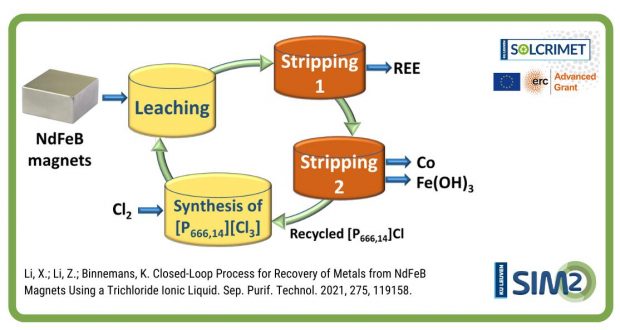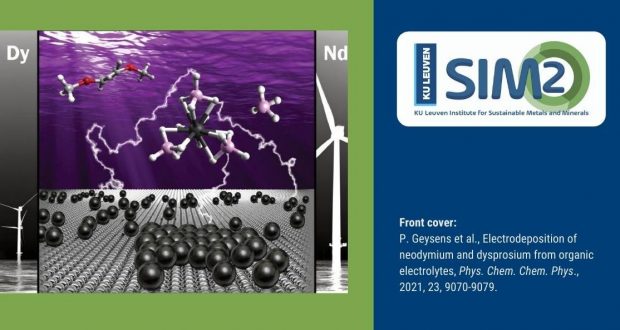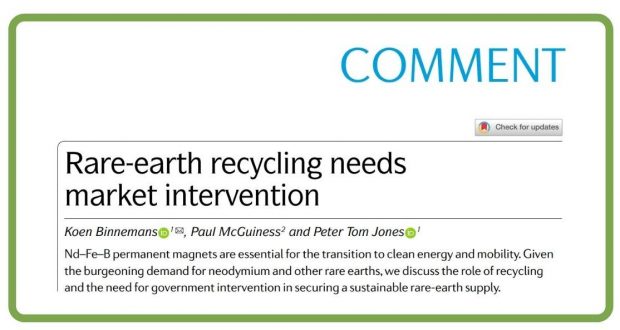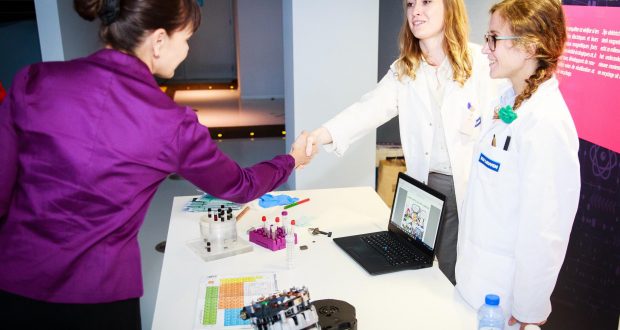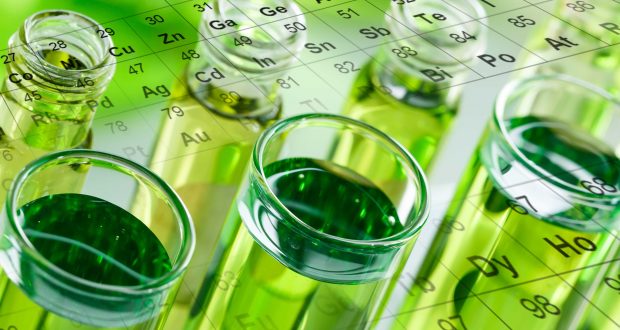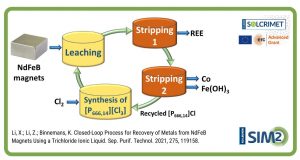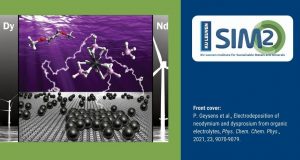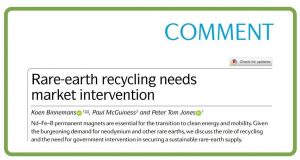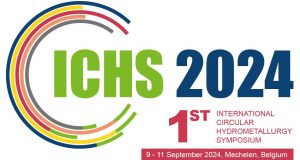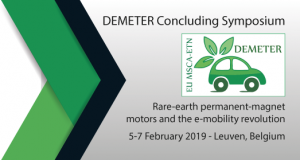Full programme for ICHS 2024 is out (First International Symposium on Circular Hydrometallurgy, Mechelen, Belgium, 9-11 September 2024).
Read More »DEMETER – European Training Network for the Design and Recycling of Rare-Earth Permanent Magnet Motors and Generators in Hybrid and Full Electric Vehicles
In 2010 the European Commission (EC) published a milestone report on Critical Raw Materials (CRM) for the EU,[1] in response to the awareness of a supply risk for many raw materials. The rare-earth elements (REEs) were considered to be by far the most problematic. In 2011, the rare-earth crisis came to its peak with a more than tenfold increase in prices of light rare earths (LREEs) and heavy rare earths (HREEs). In 2014 the EC published an update of its CRM report,[2] in which the concern about Europe being able to secure reliable, sustainable and undistorted access to raw materials was repeated. Of the 54 materials under investigation, the HREEs and LREEs were, once more, identified as having the greatest supply risk, with 99% of HREEs and 87% of LREEs being imported from China. The REE magnet industry consumes the major part of the LREEs neodymium (Nd) and praseodymium (Pr), while it consumes practically all of the produced HREE dysprosium (Dy). This makes the REE magnet industry and the various downstream sectors that utilise these magnets in their products and services extremely vulnerable to price fluctuations and shortages. The automotive sector is likely to become the main consumer of REE magnets in Europe, as it moves towards more Hybrid Electric Vehicles (HEVs) and Full Electric Vehicles (EVs). Furthermore, REE magnets are used in a diverse range of bulk applications incl. aerospace (wing flaps and generators), the medical sector (MRI scanners), metal processing (magnetic separators) and renewable energy technologies (wind turbines).
Read more...
News
Blog
-
Get to know about Farhan, ESR 13 of EU MSCA-ETN DEMETER
Who are you? My name is Muhammad Farhan Mehmood. I live ...
Read More » -
Electric vehicles: the past and the future
-
Get to know about Pranshu, ESR 11 of EU MSCA-ETN DEMETER
5th Network Wide Event
-
DEMETER 5th network-wide event
Our 5th network-wide event was held in Birmingham from 26th of February ...
Read More »
DEMETER Symposium
-
ETN DEMETER CONCLUDING SYMPOSIUM
Rare-earth permanent magnet motors and the e-mobility revolution 5-7 February 2019 – LEUVEN, ...
Read More »

 European Training Network for the Design and Recycling of Rare-Earth Permanent Magnet Motors and Generators in Hybrid and Full Electric Vehicles (DEMETER)
European Training Network for the Design and Recycling of Rare-Earth Permanent Magnet Motors and Generators in Hybrid and Full Electric Vehicles (DEMETER)